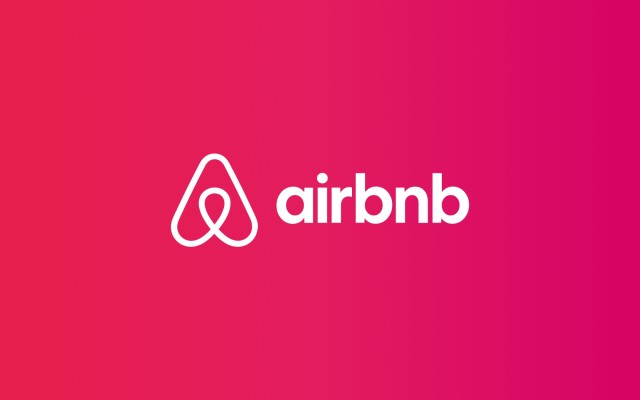 Crowdfund Your Project?
Crowdfund Your Project?
How to
as long as it takes for the next bus to come

By Joanna Marlow
writer at hdyd
“What if the cure for cancer is trapped inside the mind of someone who can’t afford an education?”
What a depressing thought, right? But it's true. What if you have an amazing, innovative idea, but not the resources to make it happen? In most cases, these resources translate to funding. Limiting those who aren’t privileged with the knowledge or contacts for raising capital.
Enter Kickstarter, a funding platform for creative projects launched back in 2009. Any creative individual can upload their project to ask their community for financial backing. The platform’s mission is to turn pipe dreams into reality.
Since Kickstarter launched, 21 million people have contributed to projects, $6.4 billion has been raised in total, and 214,993 projects have been successfully funded.


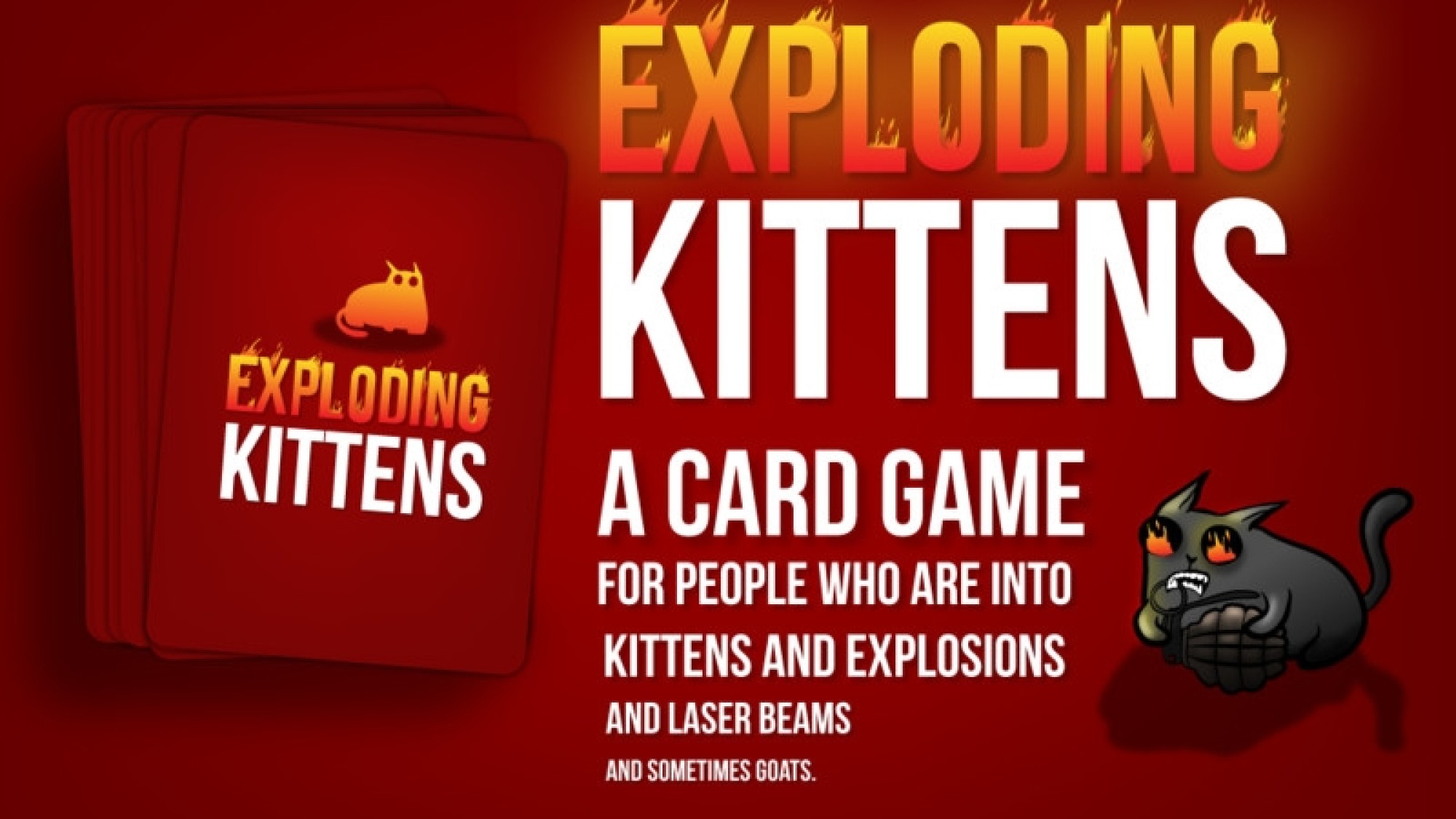

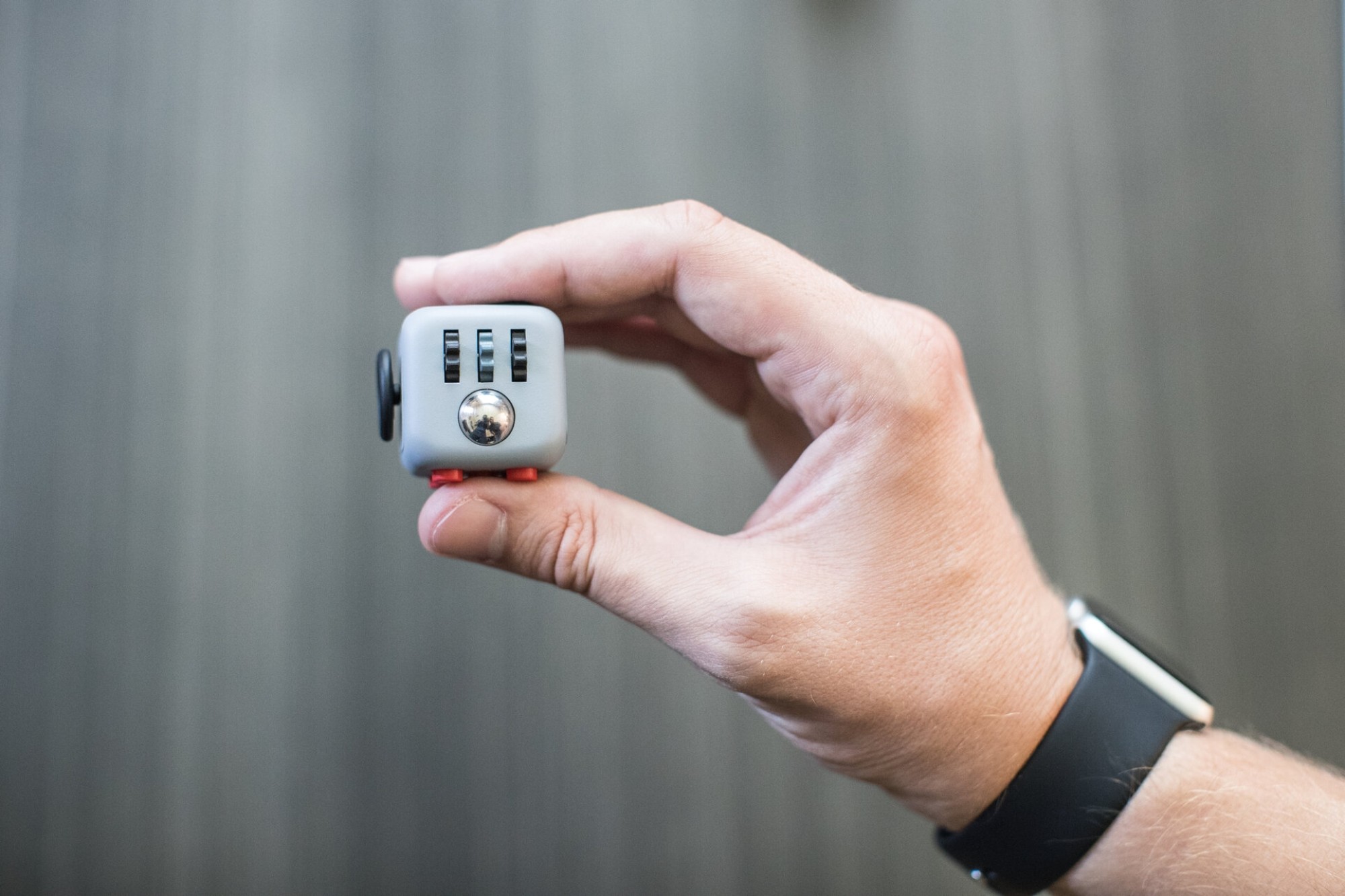
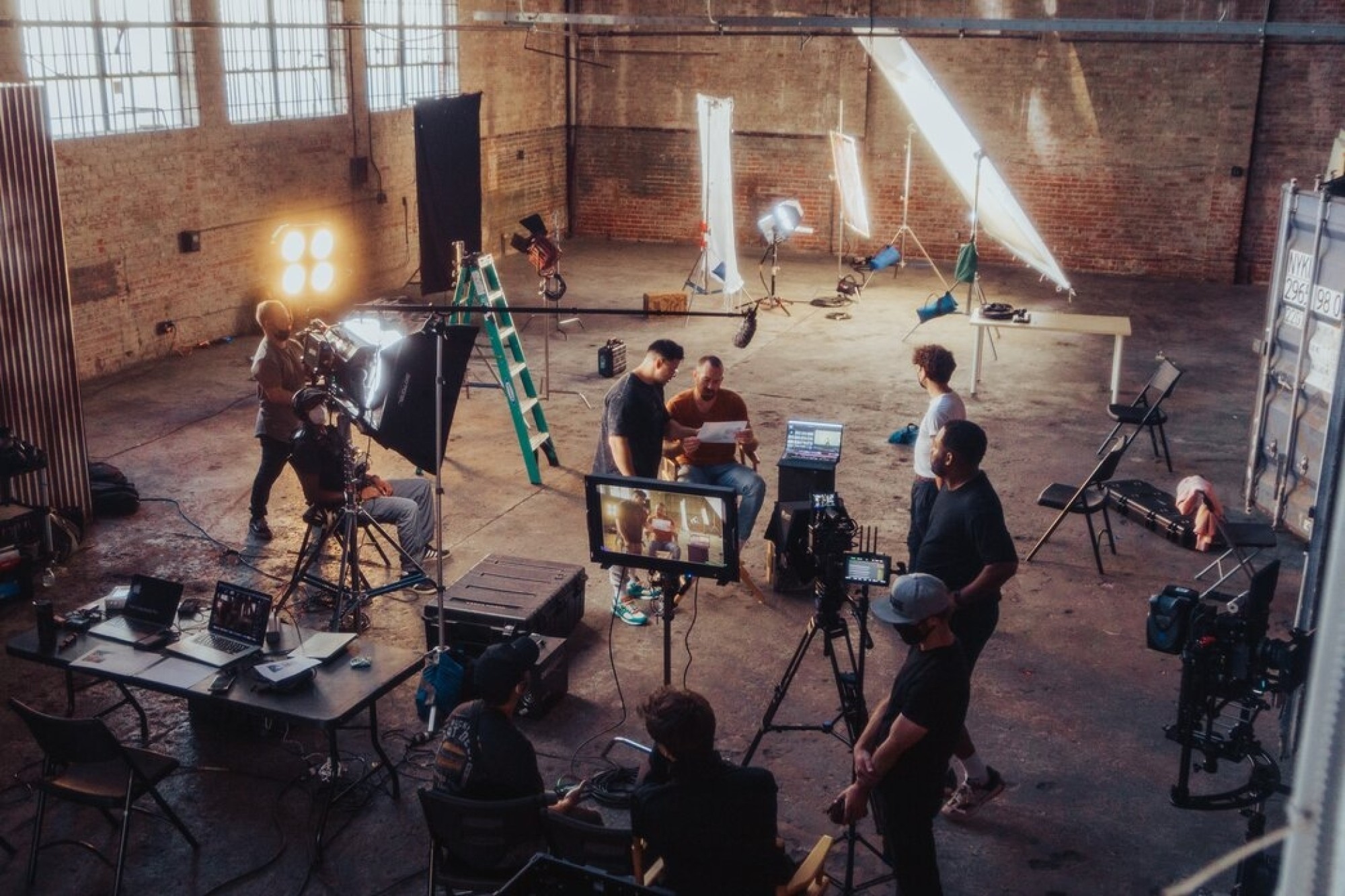
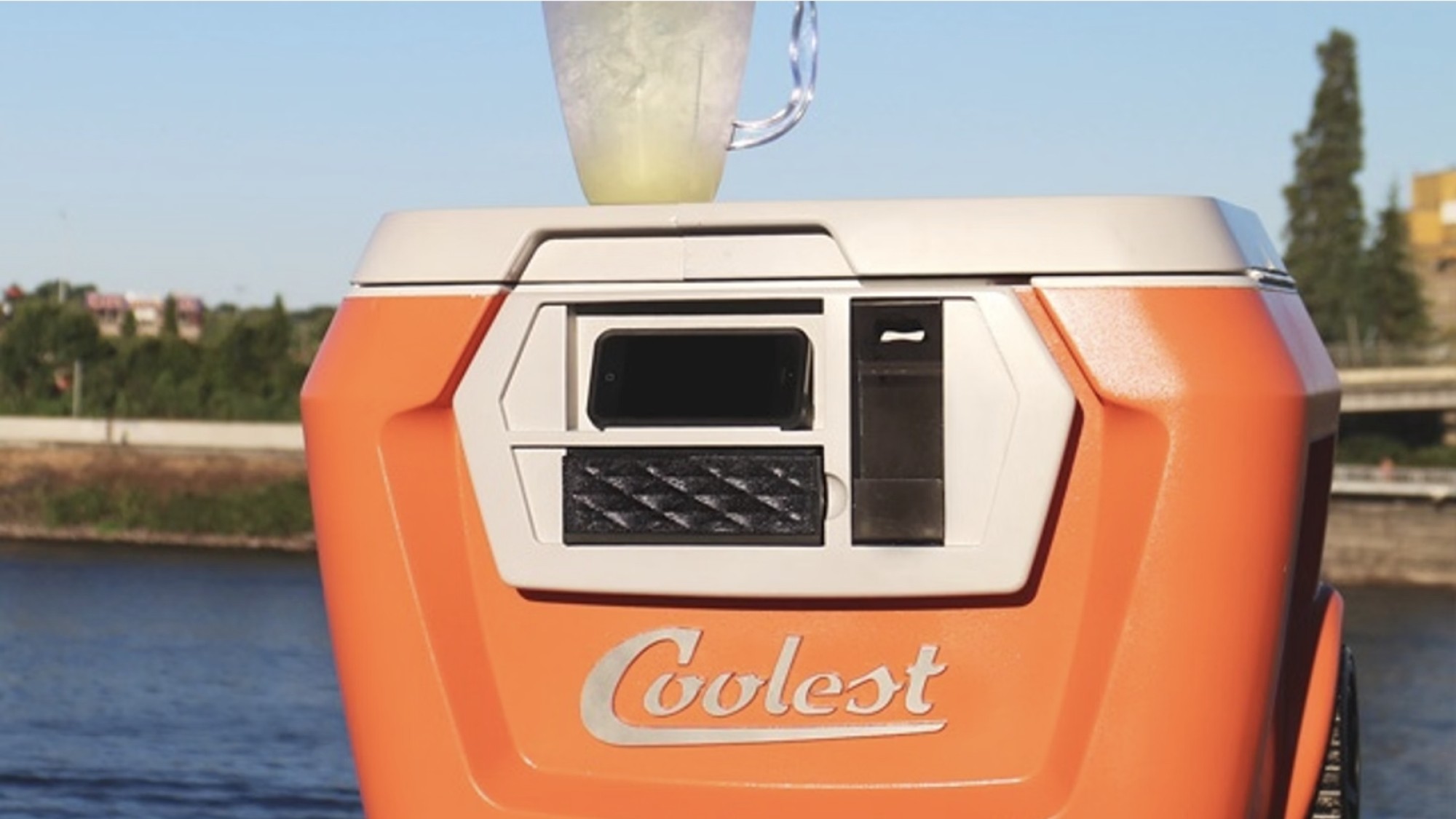
What piece of work is your biggest flex?
Articles



